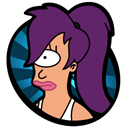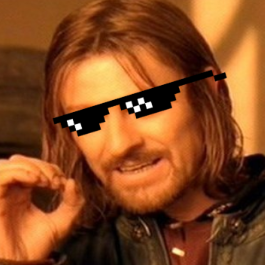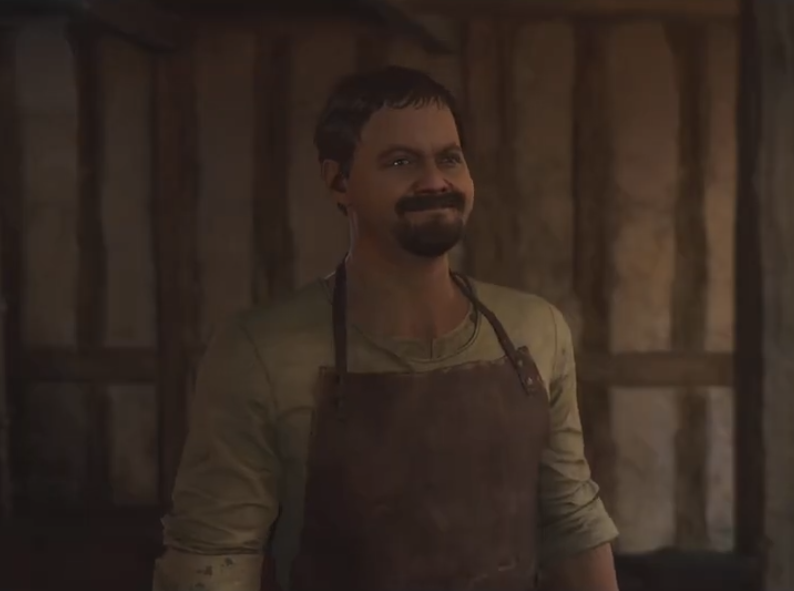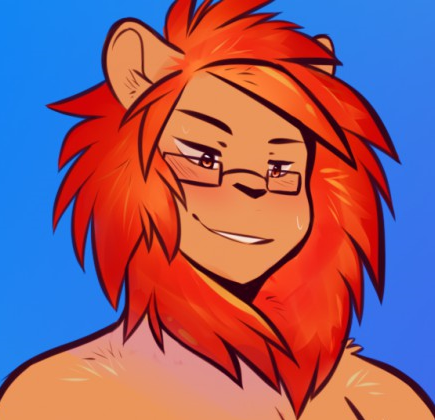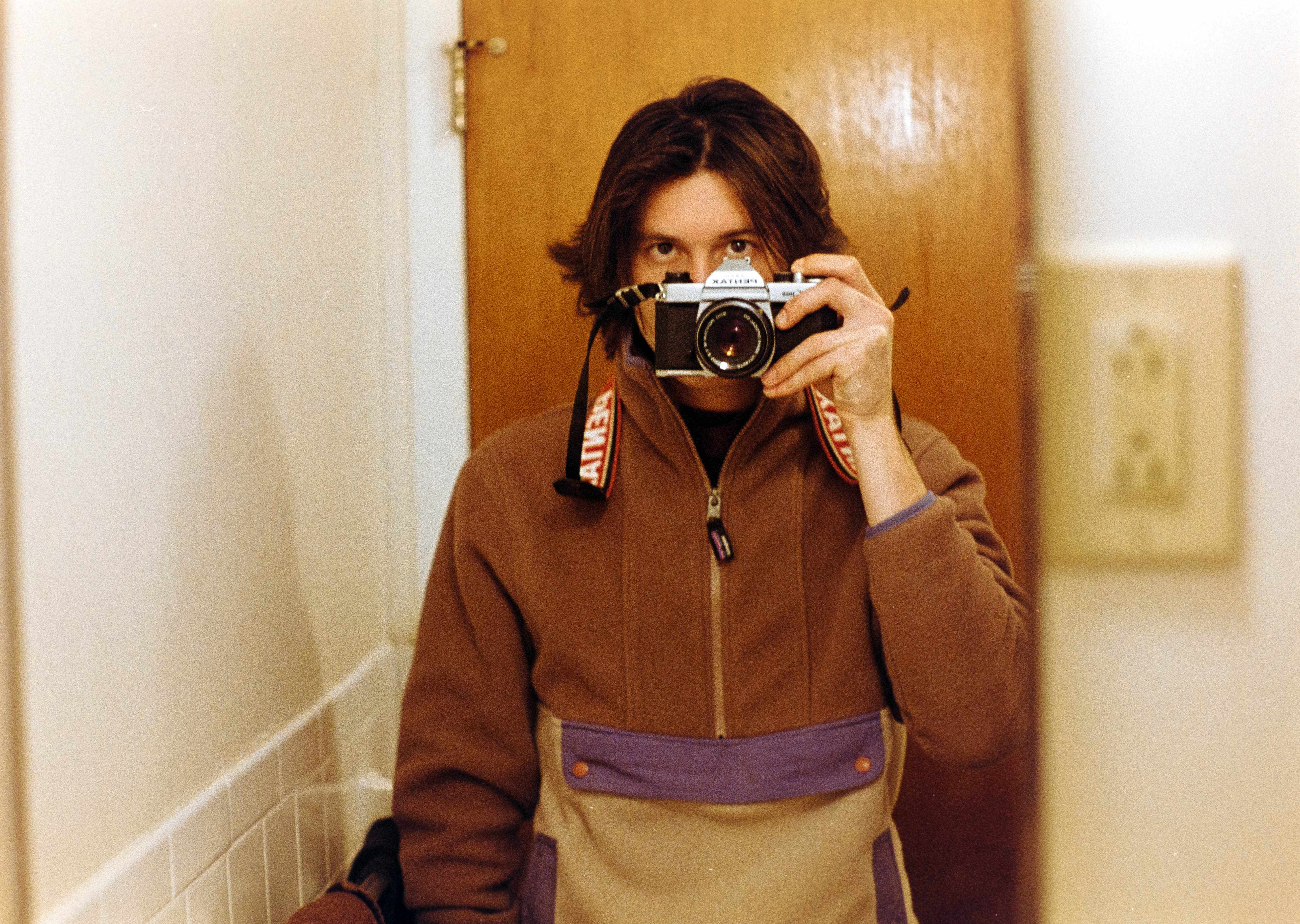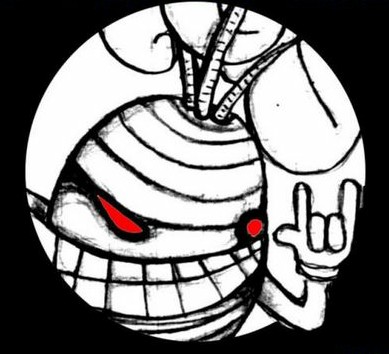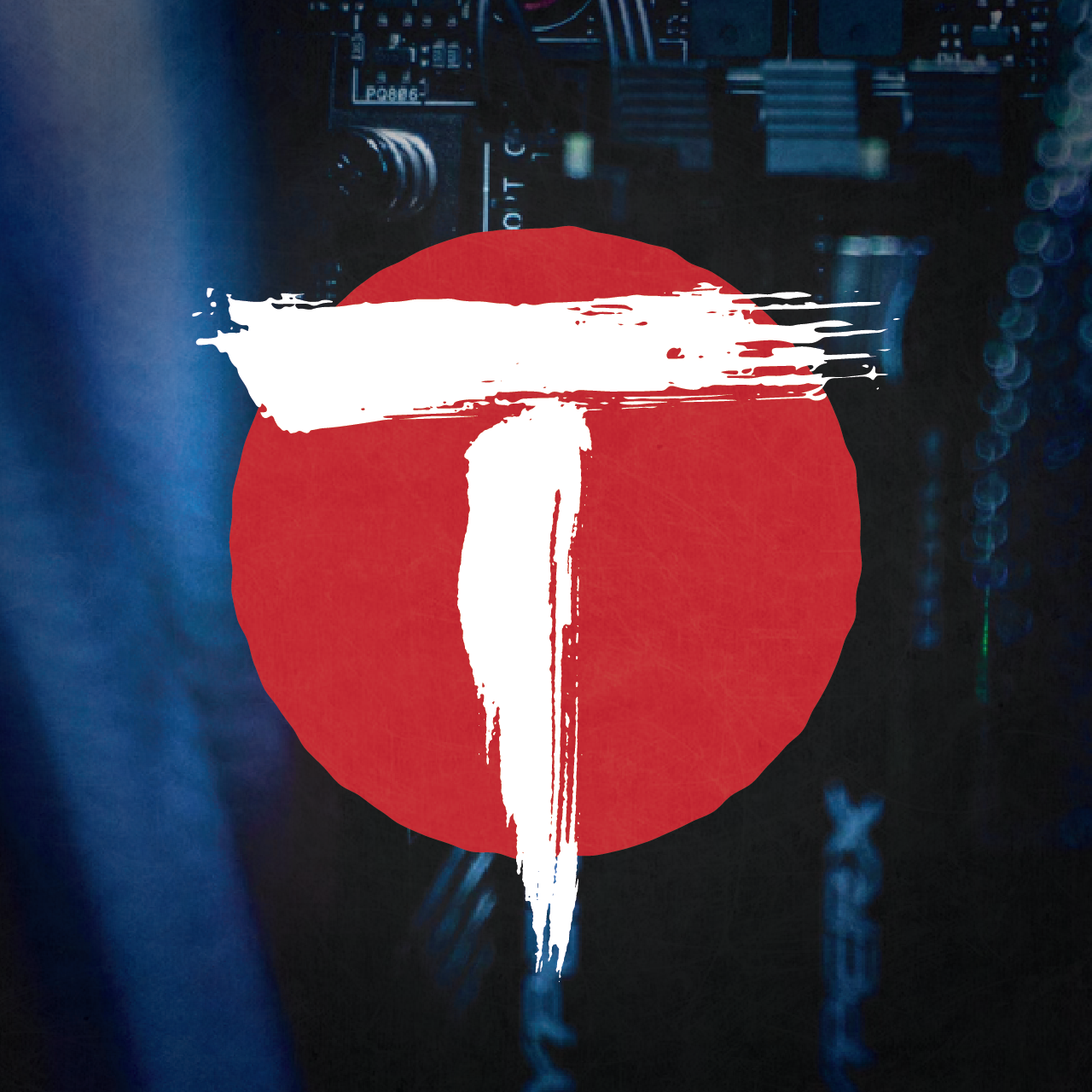“Snacks”…
[Morty:] What am I eating?
[Bird person:] It’s mostly debris I found in my carpet. I don’t know what humans eat.
[Tammy, his girlfriend:] You know what this human eats.
Don’t be gross, Tammy.
Fuck Tammy
Birdperson: Ok.
Imagine sitting around thinking about hobbit dick all day. Like…idk if you’re failing or winning hardcore…
Pervy hobbit fancier.
now that was literature!
“Are you a man or a woman?”
“I’m a Hobbit.”
“What gender are you?”
“Hungry.”
“Yeah, but what’s in your pants?”
“FOOOOOD!”
Luckily the words “male”, “female” and “non-binary” exist
Never ask a Hobbit what they got in their pocketses. Bad time will be had by all.
What do they use for other races? Or do they just avoid gender entirely?
it’s LOTR so they mostly avoid women entirely
Pretty much everything except for white men. Except for bad guys. Those can be brown/muslim
Edit because some people are dull af

Not sure why this is being down-voted; you’re absolutely on point when it comes to Tolkien’s writing
Lol not only that you can Google it and you can find countless sites telling the same thing. I’m being downvoted because all it takes is a single downvote the rest just follow blindly. Another reason could be that people here are mostly white and that’s why they don’t see it.
Here’s one of those articles

I mean, I’m all for contextualizing Tolkien, and I’ll grant that many of his contemporaries were far more overtly racist (cough Lovecraft cough), but it’s still pretty hard to justify passages from his private letters that describe orcs as
squat, broad, flat-nosed, sallow-skinned, with wide mouths and slant eyes: in fact degraded and repulsive versions of the (to Europeans) least lovely Mongol-types
Edit: here’s the Wikipedia source that describes the issue in fairly nuanced terms
Him being better than some contemporaries isn’t great. Still, the stories are good and generally you can take other messages from them that are decent. Like Éowyn fighting with the men despite being told her duty is elsewhere, despite Tolkien being misogynistic. He wouldn’t take out of the story the modern interpretation (even though the story that certainly inspired this is about a woman who literally becomes a man after all of this), but he himself said that readers should and will take things from the story that he didn’t intend, and that’s good.
I don’t have any particular issues with Tolkien besides that he wasn’t socially creative enough to see beyond what he knew, but that’s true for most people. He wrote fun, interesting, creative tales within that that generally have a hopeful uplifting message. However, we should always be critical of any creator of any work. We should strive to solve issues and point out flaws in order to improve our world. It can’t change the past, but it can change the future.
Him being better than some contemporaries isn’t great.
Yeah, especially since I went back to look at publication dates and his more serious works were published much later than I had thought. Arguing that Tolkien’s racist language was just “a product of his time” is a lot less valid given he was writing Fellowship of the Ring in the 1950’s, not the 30’s like I’d assumed. It seems like even for his time, Tolkien was pretty stodgy and conservative.
I don’t have any particular issues with Tolkien besides that he wasn’t socially creative enough to see beyond what he knew, but that’s true for most people.
Yeah, but then most people aren’t famous for creating entire fantasy worlds, so I’d like to think that it’s reasonable to hold authors to a higher standard here. His world-building is incredibly complex and innovative in many ways, while also being built around fairly derogatory and one-dimensional characterizations. And IMO, his writing, while entertaining, isn’t profound or even note-worthy in many respects compared to many of his contemporaries (I think I’m preaching to the choir, here, but look at the list of significant modernist writers and try to tell me with a straight face that the list should include Tolkien). Personally, as much as I love LOTR, people that argue that Tolkien is a literary genius and can do no wrong are just cringey.
However, we should always be critical of any creator of any work. We should strive to solve issues and point out flaws in order to improve our world. It can’t change the past, but it can change the future.
Well said.
Mongol-type or Mongoloid are terms that described Down’s Syndrome iirc. I don’t think it’s being used in a racial context beyond the obvious modern problems with those terms.
I think it’s pretty obvious from the rest of the sentence that Tolkien is explicitly using "Mongol-type"as a racial descriptor; “sallow” is referring to skin color, “slanted eyes” speaks for itself, and the fact that he explicitly references European beauty standards are all providing contextual evidence that Tolkien is using Eastern Asians as the physical model for orcs
I mean, yeah, you’re coming to a small community of LOTR fans and accusing the author of their fandom of being racist. I’m not sure what you expect lol.
But yeah there are some dubiously racist characterizations in the novels. There are also some moments of reflection, like Sam seeing the dead Harad soldier:
He was glad that he could not see the dead face. He wondered what the man’s name was and where he came from; and if he was really evil of heart, or what lies or threats had led him on the long march from his home.
I mean, the book is written from a Western POV, and by a white Catholic guy who was born in the late 1800s. I think the chances were pretty slim of him having a modern outlook on race, gender, sexuality, etc.
Edit: omg on midwest.social too hahaha
deleted by creator
I guess LOTR fans follow that example as well /s
The masculine is orc.
The feminine is yer mum.
Well we know that there are no dwarf women, and that dwarves just spring out of holes in the ground!
Also, female Ents are Entwives.
Not to* be confused with trad wives.
*I hate this device
Entwives are way cooler, I agree.
Thank goodness!
They literally use men to refer to the entire race of humans multiple times…
Literally call it the race of men/man several times. Does that technically make Eowyn genderfluid or just paradoxical since she is both a man in the sense of race but also states herself that she isn’t a man?
Racial fluid?
We’re onto something big here
The race of men is capitalised, so man=male and Man=the race.
‘Hinder me? Thou fool. No living man may hinder me!’ Then Merry heard of all sounds in that hour the strangest. It seemed that Dernhelm laughed, and the clear voice was like the ring of steel. ‘But no living man am I! You look upon a woman. Éowyn I am, Éomund’s daughter. You stand between me and my lord and kin. Begone, if you be not deathless! For living or dark undead, I will smite you, if you touch him´
Notice the lack of capitalisation in Witch-King’s quote
The “werman” counterpart to “woman” would have been really useful for writing fantasy stories with multiple sapient species if it had ever been used. Or if we all started using it now.
I mean, one of the more quoted lines in LOTR is a human woman telling the Nazgul Witch King “I am no … man.” The film quote is shorter and more direct but the book still has Eowyn telling the witch kind she isn’t a man. So there are men and women but also man is used to describe humans.
Just like regular Earth human English!
like modern English.
I don’t know if you’re implying that those haven’t been used interchangeably for a very long time or not. Regardless, I’ll say it’s super old. Man refers to any human. Mankind is humanity. We also say man and woman for gender, which is also super old.
Modern English is everything from the late 17th century Great Vowel Shift onward. Blame linguists.
Yeah, I hate the word “modern”. It’s about a 50/50 that it’s being used to say “now” or being used in a technical sense, which is referring to something that really isn’t modern anymore. I hope everyone has learned their lesson that time moves on past them and not to use “modern” as part of a name for anything. The fact that “post-modern” is often used to describe things that aren’t even new anymore makes it even worse.
I’m saying that before modern English, we used were and wyf for man and woman.
TL;DR penny-anna is wrong, man/men refers to males, not the race
Tolkien capitalise the m when speaking of the race Men. “Man” refers to the race of full sized humans and “man” refers to a male.
Chapter Treebeard:
‘We always seem to have got left out of the old lists, and the old stories,’ said Merry. ‘Yet we’ve been about for quite a long time. We’re hobbits.’ ‘Why not make a new line?’ said Pippin. ‘Half-grown hobbits, the hole-dwellers. Put us in amongst the four, next to Man and you’ve got it.’
Man is capitalised as they speak about the race of men
Chapter Shelob’s lair:
But that desire was yet far away, and long now had she been hungry, lurking in her den, while the power of Sauron grew, and light and living things forsook his borders; and the city in the valley was dead, and no Elf or Man came near, only the unhappy Orcs.
Again, they speak of the race
Chapter The Battle of Pelennor Fields (Witch-King speaks of his prophecy):
Hinder me? Thou fool. No living man may hinder me!
Man is not capitalised as the prophecy was about males, not the race of men, which is a category Éowyn would have fallen into.
As summarised in the 50th anniversary edition :
… The result, nonetheless, still includes many variations in capitalization, punctuation, and other points of style. Not all of these are erroneous: they include words such as Sun, Moon, Hobbit, and Man (or sun, moon, hobbit, man), which may change form according to meaning or application, in relation to adjacent adjectives, or whether Tolkien intended personification, poetry, or emphasis. His intent cannot be divined with confidence in every case. But it is possible to discern Tolkien’s preferences in many instances, from statements he wrote in his check copies of The Lord of the Rings or from a close analysis of its text in manuscript, typescript, proof, and print. Whenever there has been any doubt whatsoever as to the author’s intentions, the text has been allowed to stand.
Second lunch.
